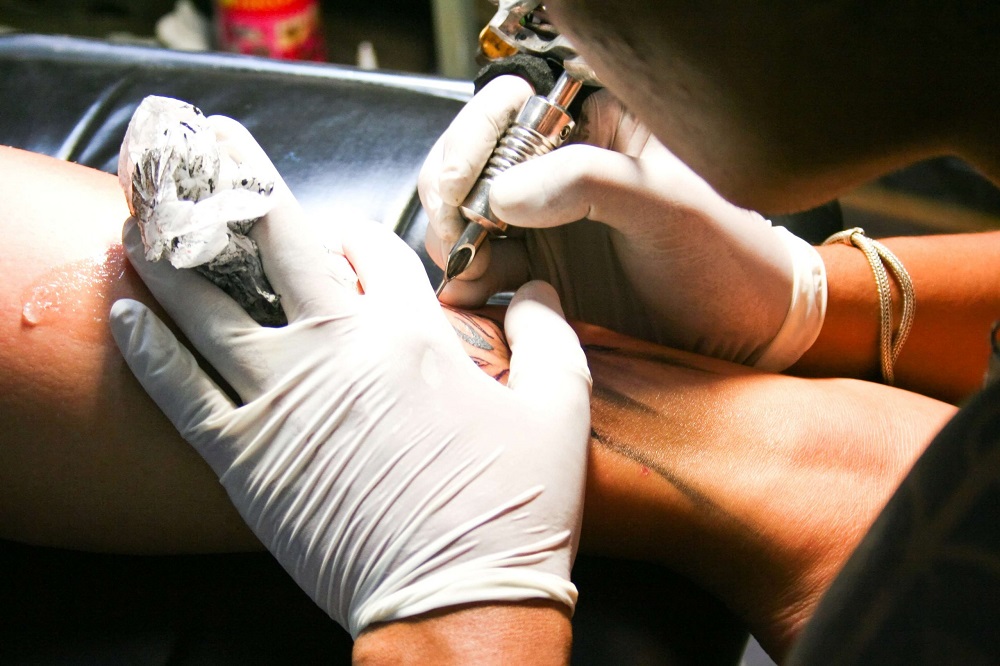The psychology of addiction is a complex field where the experts, by experience, seem to have the deepest level of real-world understanding. Each of those models provides a different perspective on the complex phenomenon https://newshead.ru/rossiyane-priznalis-chto-lechat-koronavirus-opasnymi-metodami/ of addiction. With so many models, it may be clear that no single model, so far, has captured its complexity. As if that wasn’t complicated enough, there is even more variation in who is vulnerable to addiction and why.
Thinking of trying Dry January? Steps for success
Current research has indicated that the effects of dopamine from drugs are much more exhilarating than the dopamine produced naturally. Addiction is defined as obsessive thinking and compulsive need for drugs, alcohol, food, sex or anything despite the resulting negative consequences. Addiction includes the development of tolerance http://www.detiseti.ru/modules/myarticles/article.php?storyid=443 combined with withdrawal symptoms. In addition to tolerance, an addict or alcoholic will experience intense physical cravings for the drug and an emotional obsession to take alcohol or drugs regardless of the consequences. Addiction develops over time and usually begins with misuse, moving toward abuse and resulting in addiction.
- However, most people with AUD—no matter their age or the severity of their alcohol problems—can benefit from treatment with behavioral health therapies, medications, or both.
- Therefore, you need always to be alert when your determination, commitment, and willpower get tested while in such situations.
- However, it can only be repeated by taking the substances over and over, leading to addiction.
- The most important thing is the support of family members and their tolerance towards the affected person’s untoward behavior.
- A digital detox may be the best option for people who feel like their screen addiction has gotten out of control.
How Do Shame and Guilt Affect Recovery?
Also, you must replace old habits with healthier coping mechanisms and establish a supportive network. The release of dopamine makes us feel good and motivates us to repeat these activities. However, when someone repeatedly uses addictive substances or engages in addictive behaviors, it hyper-stimulates the normal reward process, leading to an excessive release of dopamine. In their quest to avoid pain, addicts turn to their drug of choice for a solution that provides rapid relief, beginning the toxic cycle we call addiction. In addition to rapid relief, addicts may also look to escape their problems and avoid addressing the issues firsthand. Unfortunately, addictive solutions are easily accessible and obtain “results” quickly.
Why Do People Relapse?

It’s a reflection of how powerful addiction is to conquer that positive and happy situations, such as birthdays and holidays, can be powerful relapse triggers, too. It is worth noting that signs and symptoms http://mostinfo.net/soft/12/332.htm?s=10 of substance addiction can vary based on the actual substance used, and the method of use, eg. Our alcohol recovery program allows you to keep work and family commitments while focusing on your sobriety.
- A dopamine hit brings about pleasure, and then is quickly followed by pain, or a come-down, in order to keep us motivated.
- If you’re in this stage, you might give in to your abuser’s requests to prevent further conflict.
- Psychosocial counseling, addiction education, and a variety of therapies, counseling, relapse prevention and aftercare plans empower the patient with the tools to stay on the road to recovery.
Testosterone-blocking drugs boost heart disease risk when given in combination

Once Leah became dependent on alcohol for physical and emotional reasons, she reached the stage of addiction. And it has harmful effects on their lives, but the consequences don’t make them stop drinking. During the stage of addiction, if a person doesn’t have access to their “drug of choice,” they experience withdrawal symptoms. Eventually, from internal turmoil and conflict or through outside interventions, a person can try to stop the addiction cycle and enter a healthier lifestyle called recovery. It may take months, years or decades before this process leads one to the path of recovery.

When she lost her job after coming in drunk, she tried to get sober. The brain is made up of many parts with interconnected circuits that all work together as a team. Different brain circuits are responsible for performing specific functions. Networks of neurons send signals back and forth to each other and among different parts of the brain, the spinal cord, and nerves in the rest of the body. In my experience, the biggest single predictor of whether someone will overcome their addiction is if they act on, and keep acting on, their commitment to be addiction-free. Recovery is possible with the right combination of support, professional help, coping strategies, and, above all, commitment.
Why Is Adolescence Such a Crucial Time for Preventing Drug Abuse?
- Physical exercise, nutrition, and a healthy sleep cycle all play an essential role in long-term addiction recovery.
- Typically, inpatient rehab treatment programs last 30 days, 60 days, or 90 days.
- It can get to the point that using drugs or alcohol becomes the most important thing in their life—even more important than life itself.
- And as they continue to increase use, they become physically and mentally dependent on the drug.
- The good news is that it is possible to break the cycle of addiction, no matter how daunting it may seem.
